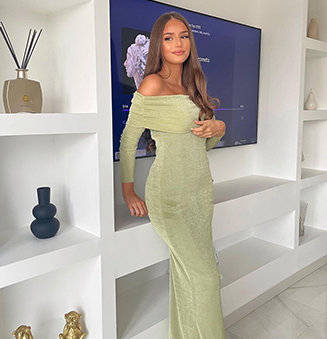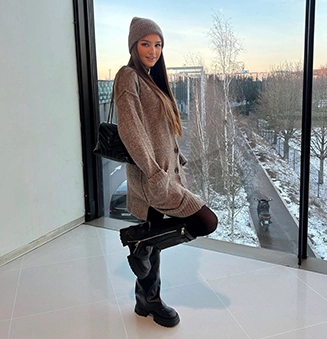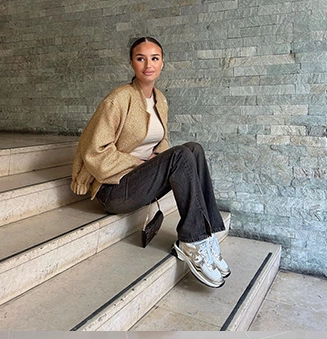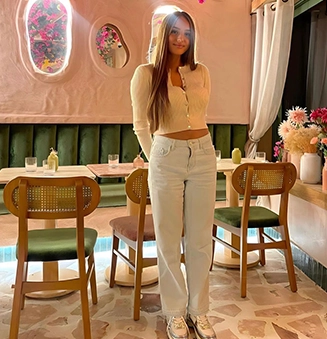
In a world full of constant stimuli and demands, maintaining an organized and tidy living space can be a transformative task. The art of organizing goes beyond just tidying up; This is about creating an environment that promotes clarity, productivity and a sense of calm. In this blog, we’ll explore practical strategies and insights to help you master the art of organization and optimize your space for a clutter-free and harmonious life.
Clutter in your living space is not just a physical phenomenon; It can significantly impact your mental and emotional well-being. Research suggests that a cluttered environment can lead to increased stress, reduced concentration and a feeling of being overwhelmed. Understanding the effects of clutter is the first step to realizing how important an organized space is in promoting a healthier lifestyle.
If your environment is cluttered, it will be difficult to find what you are looking for, leading to wasted time and increased frustration. Putting away unnecessary items and creating an organized space can help create a calmer and more harmonious atmosphere.

Organization is more than a practical task; It’s about understanding the psychological aspects of how our brain responds to order and structure. A tidy environment can have a positive effect on your mental state and promote a feeling of calm and focus.
When your environment is organized, your mind is free from the constant visual and mental noise that comes with clutter. This creates space for creativity, productivity and a greater sense of control over your life. The act of organizing itself can be therapeutic and provide a concrete way to regain a sense of order and control.
Decluttering isn’t just about getting rid of physical items; This is a mindful practice that requires making a conscious decision about which items you want to keep. By being mindful when decluttering, you can purposefully evaluate your belongings and ensure that each item plays a meaningful role in your life.
Take time to think about the meaning of your possessions. Marie Kondo, a renowned organization expert, suggests asking yourself whether an item “sparks joy.” This simple criterion can help you identify which possessions truly contribute to your happiness and well-being.
Minimalism is a lifestyle that promotes the idea of “less is more.” It promotes conscious living by focusing on what truly adds value to your life and eliminating excess. If you want to make your space minimalist, you need to declutter, simplify, and create a curated environment that meets your priorities.
Consider adopting a minimalist mindset by evaluating each area of your living space. Remove items that no longer serve a purpose or bring joy. Minimalism isn’t about sacrifice, it’s about making space for what’s truly important.

Achieving a clutter-free life requires practical organization strategies tailored to your lifestyle and preferences. Consider implementing the following techniques to optimize your space:
Declutter one room at a time: Declutter one room or area at a time so you don’t feel overwhelmed. Evaluate each item and decide whether it serves a purpose or has sentimental value.
Storage Solutions: Invest in practical storage solutions such as bins, baskets and shelves to keep your items organized. Labeling containers can make it easier to locate specific items when needed.
Daily Maintenance: Incorporate daily habits to maintain an organized space. Spend a few minutes each day tidying up, putting items back in their designated places, and clearing out clutter before it accumulates.
Digital Tidying: Extend organization to your digital space. Regularly review and delete unnecessary files, organize folders, and optimize your digital workspace for greater efficiency.
Functional Furniture: Choose furniture that serves a dual purposeor provide hidden storage space. This not only maximizes space but also contributes to a cleaner and more organized appearance.
Dividing your space into zones and implementing effective systems can improve organization and efficiency. Consider the following:
Task-Specific Zones: Designate specific areas for different activities or tasks. For example, create a dedicated workspace for work-related activities and a relaxation zone for leisure time.
Paper management system: Implement a system to manage paperwork, e.g. B. a filing cabinet or organizing digital documents. Sort mail immediately and dispose of unnecessary documents.
Closet Organization: Organize your closet so you can easily see and access your clothes. Consider a capsule wardrobe to simplify your clothing choices.
Kitchen Organization: Organize your kitchen by grouping similar items and using storage solutions like pantry shelves, drawer dividers and labeled containers.

In order to avoid disorder in the long term, careful consumer behavior is essential. Before adding new items to your space, consider the following:
Quality over quantity: Prioritize quality over quantity when shopping. Investing in well-made items that suit your needs and style can reduce the temptation to accumulate excess belongings.
One-In-One-Out Rule: Implement a “one-in-one-out” rule. With each new item you bring into your home, consider getting rid of an existing item. This helps maintain balance and prevents unnecessary buildup.
Regular Assessments: Conduct regular assessments of your belongings to ensure your space remains free of clutter. Regularly review your possessions and identify items that no longer serve a purpose.
Achieving and maintaining a clutter-free life is more of a journey than a destination. Embrace the process with patience and a positive attitude. Understand that organization is an ongoing practice that evolves with your changing needs and lifestyle.
Celebrate the progress you make along your path, no matter how small. Recognize that the path to a clutter-free life requires an ongoing commitment to mindful living and conscious choices.
The art of organization is a powerful tool for creating a living space that reflects your values, promotes well-being and contributes to a sense of harmony. By understanding the effects of clutter, adopting mindful practices, and implementing practical organization strategies, you can optimize your space for a tidy and fulfilling life. Embrace the transformative journey of organizing and let your living space become a sanctuary that fosters clarity, creativity and a deep sense of peace.





